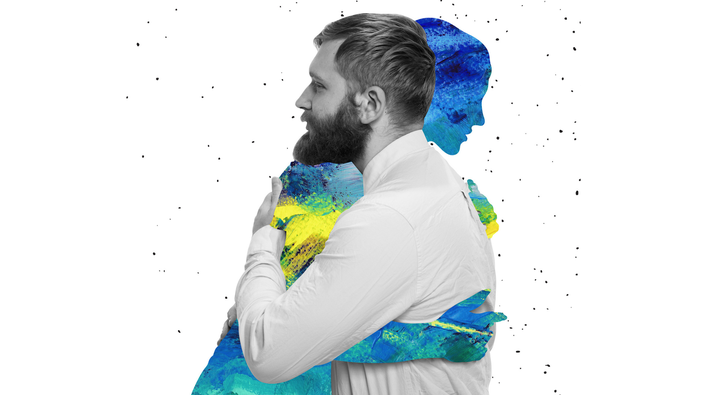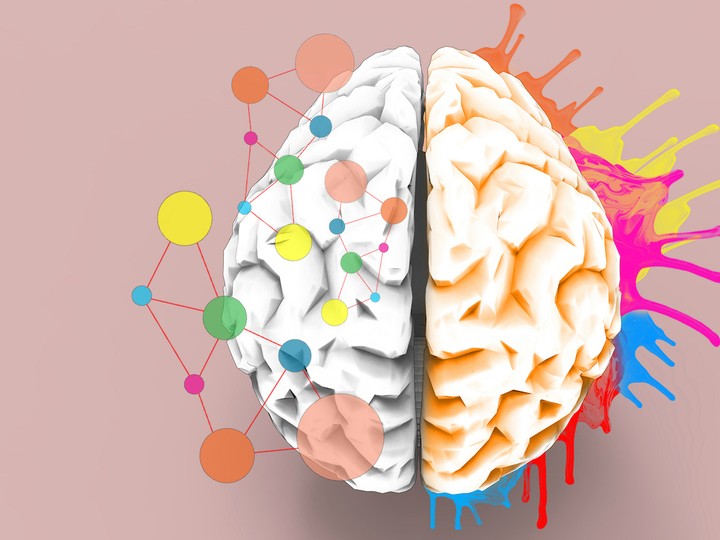want to be a better driver? learn how to play an instrument
researchers found that beginners who practised the piano for one hour a week for 11 weeks became better at almost everything they did, including driving a vehicle.
opioid misuse raises suicide risk for people with disabilities
the results come on the heels of previous research that found that people with disabilities are prescribed more opiates and more likely to abuse them than those without a disability.
i didn't believe in reiki. and then i tried it
how does a skeptic of reiki — a kind of spiritual healing — become a practitioner?
 5 minute read
5 minute read










